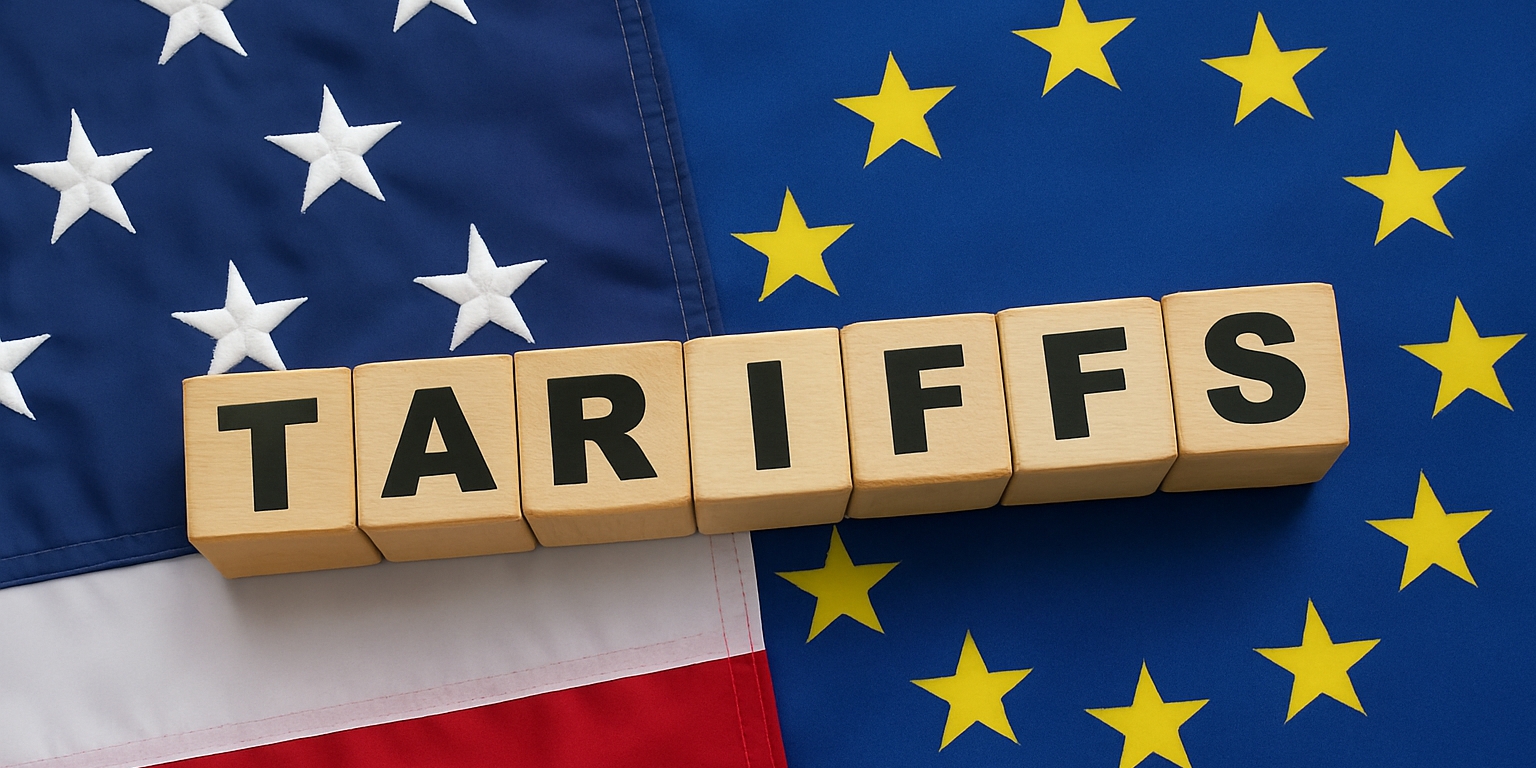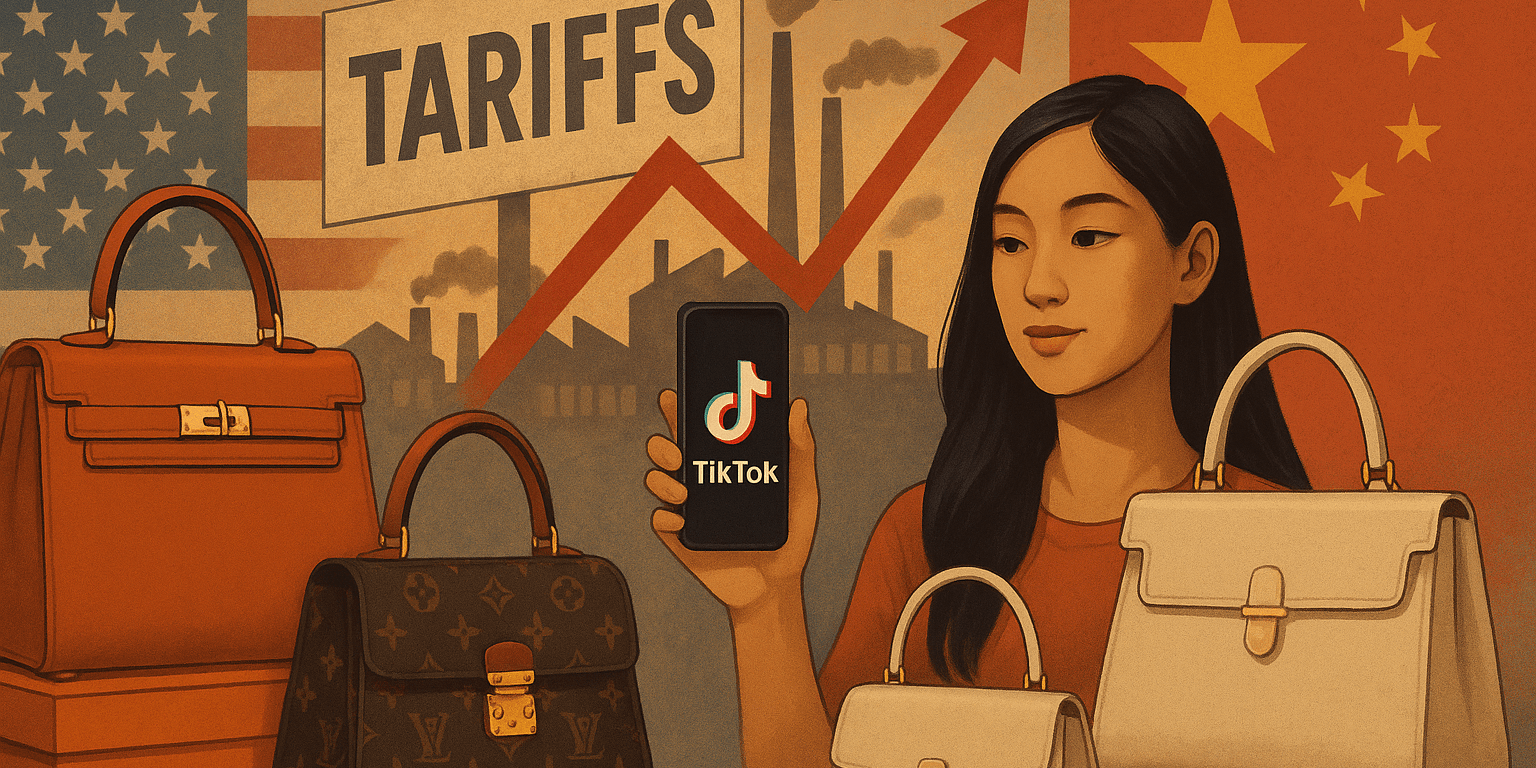After a series of controversial trade policies that have stirred up world trade, US President Donald Trump is now threatening to impose a whopping 50% tariff on all goods from the European Union that enter the United States.
Agathe Demarais, a senior policy fellow at the European Council on Foreign Relations, had this to say about President Trump’s threat, highlighting its absurdity: “No one was expecting this. We essentially don’t have a clue as to what it means.”
If President Trump actually follows through with this bold trade policy, it will have serious implications on the American economy, as well as the European economy, and essentially the rest of the world. Chief Eurozone economist at ING, a Dutch bank, Carsten Brzeski, warned that such significant tariffs would hurt the American economy itself, aggravating higher inflation and slower growth. Europe, too, could fall into a recession with the rest of the world following suit, as decreased global output is a possible outcome of such a trade policy.
Julian Hinz, a trade researcher at the Kiel Institute for the World Economy, even calculated the impact of this trade policy to be a 1.5% fall in the United States economy. It is unclear whether President Trump grasps that the trade policies America imposes against the rest of the world can also negatively impact their own economy.
The 50% tariff is a great jump from the previous 20% “reciprocal” tariff the Trump administration had announced in April, along with reciprocal tariffs against China that were a huge 145%. The 20% reciprocal tariff on the European Union (EU) has since been paused, but the 50% tariff is a greater threat than before to the EU.
Analysts all around the globe have been trying to decode President Trump’s post, arguing it to be a bid to pressure Europe, a region President Trump has expressed disdain for. However, many analysts have agreed that the post, even though it may be nothing more than a threat and not an actual policy reform, has been damaging.
Neil Shearing, chief economist at Capital Economics, said that the scale of the increase in tariffs and the capricious manner in which they were threatened, and the growing size of U.S. budget deficits, are unsettling financial markets. Recently, Moody’s, a bond credit rating website, decreased the United States’ credit rating, raising concerns about Washington’s ability to control the rising debt levels.
Neil Shearing further questioned the ability of the Trump administration to enact proper economic policies, saying, “This all points to concerns about policy direction in the U.S. lacking credibility; the guardrails are coming off.”
Companies and investors across the world are already contemplating their investment decisions in the United States in response to their growing risk. Mary E. Lovely, an emeritus professor of economics at Syracuse University, said that the uncertainty is dimming the appeal of investing in America. She said, “One of the President’s big goals is to increase investment. But who wants to do manufacturing here when the President at any moment might put high taxes on things that you buy to produce, and you might be subject to retaliation from the markets into which you will sell?”
The switch from huge threats to quick reversals has been a trend in the United States as of late. Earlier this year, President Trump imposed massive tariffs and quickly ‘postponed’ them when the bond market crashed. He threatened China with a 145% ‘reciprocal’ tariff that China fought back with a 125% tariff on US imports to China. This prompted the administration to take a step back, and the American government then announced the suspension of the highest tariffs for 90 days, creating the space to negotiate.
Maurice Obstfeld, a senior fellow at the Peterson Institute for International Economics and a former chief economist at the International Monetary Fund, said, “We’ve already seen what’s happened with China, which is that he climbed down,” in respect to what is likely to happen with Europe too. He further went on to say that the message the Europeans have so far understood is that if you retaliate hard, markets get nervous, and the President then backs off.
However, several analysts have pointed out that it will be hard for Europe to negotiate with the Trump administration since President Trump has not made clear what he really wants out of this tariff threat.
It is also very unlikely that Europe can be pressured into compromising and folding under President Trump’s threats, as the European Union has 27 different members who all have different sets of demands and needs. President Trump soon retracted his statement within the span of two days, extending the deadline of the tariffs to start from July 9th instead of the previous June 1st. This was done after President Trump reportedly had a “very nice” call with Ursula von der Leyen, the European Commission chief.
European officials have, however, prepared countermeasures to the tariff threats. Von der Leyen said that the European Union was “ready to advance talks swiftly and decisively” and further agreed to Trump’s deadline: “To reach a good deal, we would need the time until July 9.”
Approximately one-fifth of the European Union’s exports go to the United States, and similarly, about a fifth of America’s exports go to the European Union countries. One-fifth is a largely significant proportion of a country’s exports to go into one country alone. The European Union is one of Washington’s largest trading partners. Last year alone, the European Union imported $370 billion worth of goods from the United States and exported $600 billion in goods.
Maurice Obstfeld said, “We’re playing for big stakes here. There’s the ability of both sides to do substantial damage to the other,” in regards to the severity of the matter.
Besides the wide range of tariffs on automobiles, automobile parts, and food categories, the European Union has threatened to impose tariffs on America’s prized service sector. The service sector in America, which makes up a good portion of the American economy itself, comprises technology, finance, and travel, and has a significantly large proportion of European customers, so this poses the sector with a serious vulnerability.
According to Capital Economics, if the Trump administration actually imposes the 50% tariff, Ireland, the European Union country that has the most trade with America, would take the greatest hit, with an estimated four percent decrease in its total output. Other estimations include a 1.5% drop for Germany, a 1.2% drop for Italy, a 0.75% drop for France, and a 0.5% drop for Spain in terms of economic output.
President Trump’s reasoning for his outlandish policies is that they will theoretically improve the American economy by encouraging American manufacturing and protecting their jobs. The policies fail to account for the fact that tariffs would increase prices for American consumers.
Mark Blyth, a political economist at Brown University, critiqued Donald Trump’s policies, saying that his policies reflect which advisor he last spoke to. President Trump has long been claiming that the European Union has been “ripping off” America, adding them to the long list of countries that simply have a trade surplus with America, like China. Mr. Blyth mentioned how back in 2008, both had similar-sized economies, but now, the European Union is one-third smaller than America. He said, “How can you be ripping someone off if you’re a third poorer than them?”
It seems as though the Trump administration’s baseless but bold policies can have serious and dangerous impacts on the rest of the world’s economies.









